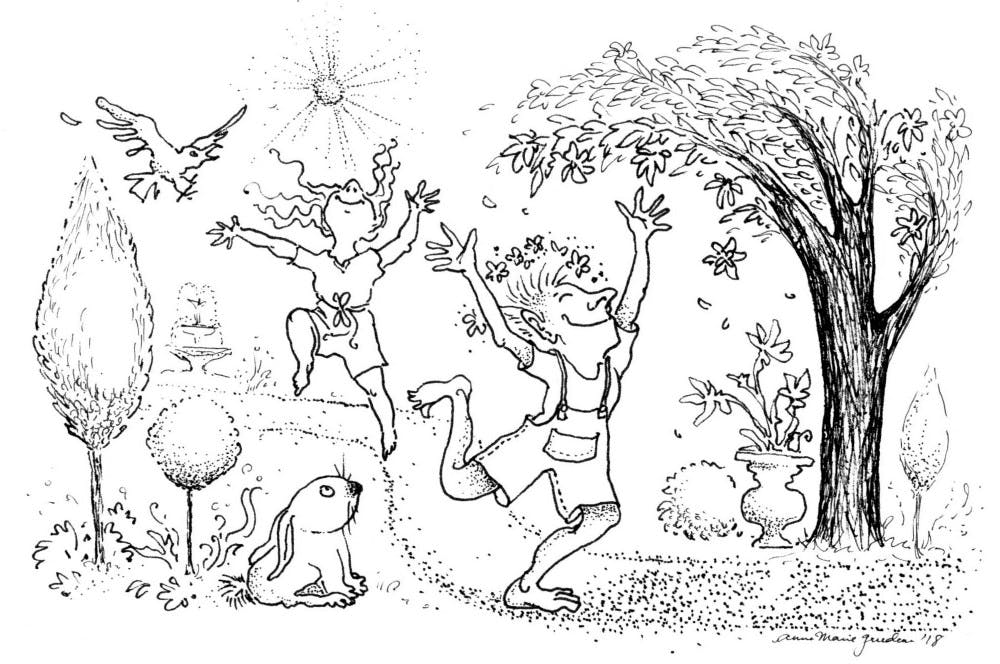Telling my friends to read more poetry is always an uphill battle. Thanks to murky metaphysical poems like Donne’s “The Flea” and convoluted comparisons of symbolism, poetry has been pushed aside as too difficult to understand. I get it. Sometimes, it does require a lot more patience and effort that goes against everything the efficiency–oriented mind of a Penn student knows. But that’s exactly what I love about it.
I first found my love for poetry in John Keats, an English Romantic poet with an astonishingly profound amount of work, given his short lifespan. For my high school’s British literature class, we were assigned to choose a Romantic poem and recite it for the class. Most chose the shorter ones, but I ended up deciding to do Keats’ “Ode on a Grecian Urn.” Despite its length, there was something there that spoke to me. Maybe it was the way Keats wrote about the immortality of the image on the urn saying, “She cannot fade, though thou hast not thy bliss, / For ever wilt thou love, and she be fair!” It wasn’t quite something I can put my finger on, but in that moment, I felt as if I were hearing the English language in its purest and most beautiful form for the first time.
From there, “Ode on a Grecian Urn” unlocked poetry for me, and I came to admire the likes of Eliot, Collins, and Bishop. But through it all, I always came back to Keats. I was fascinated by the way that the tragedy of his life translated into his words, fused with deep emotion. Nearly all reflect the love and suffering Keats himself went through at the hands of his infatuation with a woman, Fanny Brawne. It may be a little depressing at times, admittedly, but poems like his “Ode to a Nightingale” are so indulgent in their language that the sadness is almost to be revelled in.
But what makes Keats’ style unique, relative to every poet who writes of love and suffering, is the way he appeals to images of nature in his poetry. Reading his poetry is seeing two birds echo each other in birdsong, smelling the dewy drops of rain from the grassy meadows, and hearing the low, drawn–out moans of the cattle in a field. In his focus on pastoral beauty, anyone can find themselves longing for the comfort of nature.
These sensory details were and are ways of connecting back to traces of Keats’ world. In his house at Hampstead, outside of London, the view was one of the lush greenery that is so quintessential of English gardens in the country. In the backyard of the house were trees and benches that called out, almost begging anyone to pore over his poetry for hours at a time. A look out the window and it’s enough to wonder whether the tree outside was one of those that he had written about.
In true Keats style, this article has started to take a bit of a romantic and whimsical turn itself. But it’s all in an effort to entail you to read some Keats this spring. The emotions behind his words will rouse you from your midterm stupor and encourage you to spend more time in the warming outdoors after a long winter of hiding in the Van Pelt basement.
But the poetry alone isn’t the only thing about Keats that makes him so perfect to read during the reawakening of spring. He was an ardent advocate of what he called “negative capability,” as reflected in his letters. The idea is to be “capable of being in uncertainties, mysteries, doubts, without any irritable reaching after fact and reason.” What this essentially means is the pursuit of the artistic and the aesthetic, regardless of whether or not that can be understood in terms of formal logic or rationale.
For those who know me, they know that I never shy away from a chance to tell people to follow their dreams. But I feel that, especially now, it’s worth a reminder. Replenish the soul that was left emptied by your midterms, and pursue any passion, artistic or not, just because you want to. It’s in the middle of the semester, when drowning in work, that it’s easiest to become so goal–oriented that we start to resemble mindless beings only to achieve the end and devote little attention to the means. So, while this article is an adoration of my favorite Romantic poet, it’s also a reminder that there is a world of culture and beauty beyond Locust Walk that’s worth a spontaneous, logic–defying exploration every now and then.

